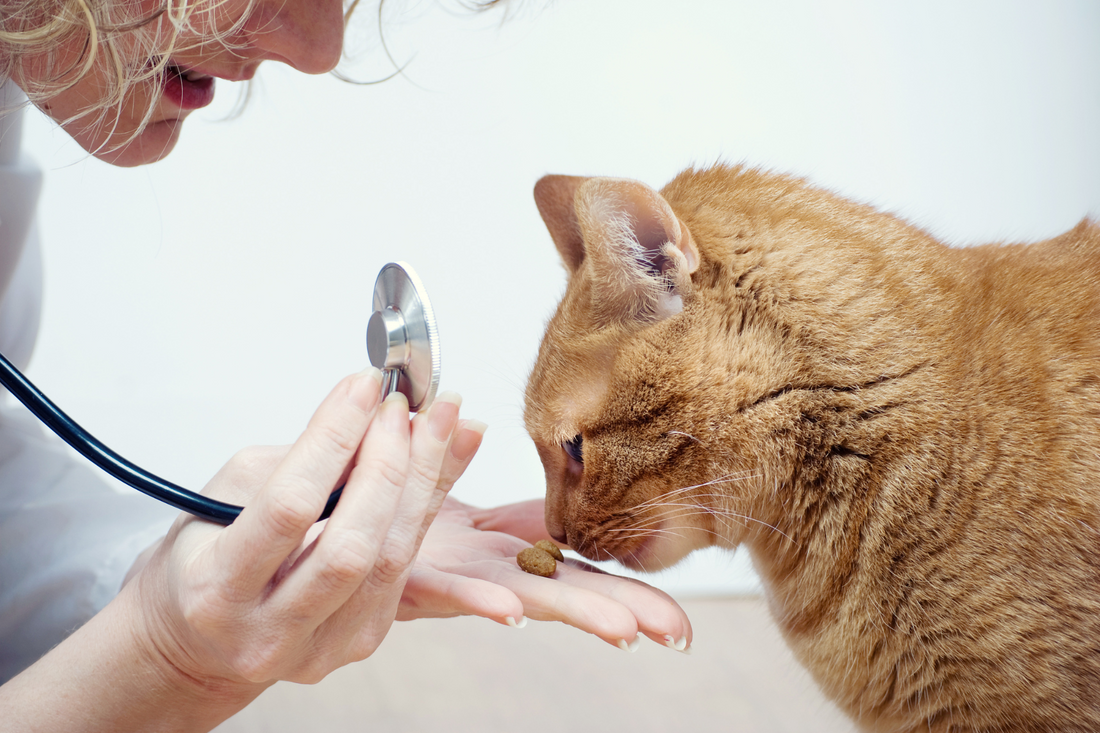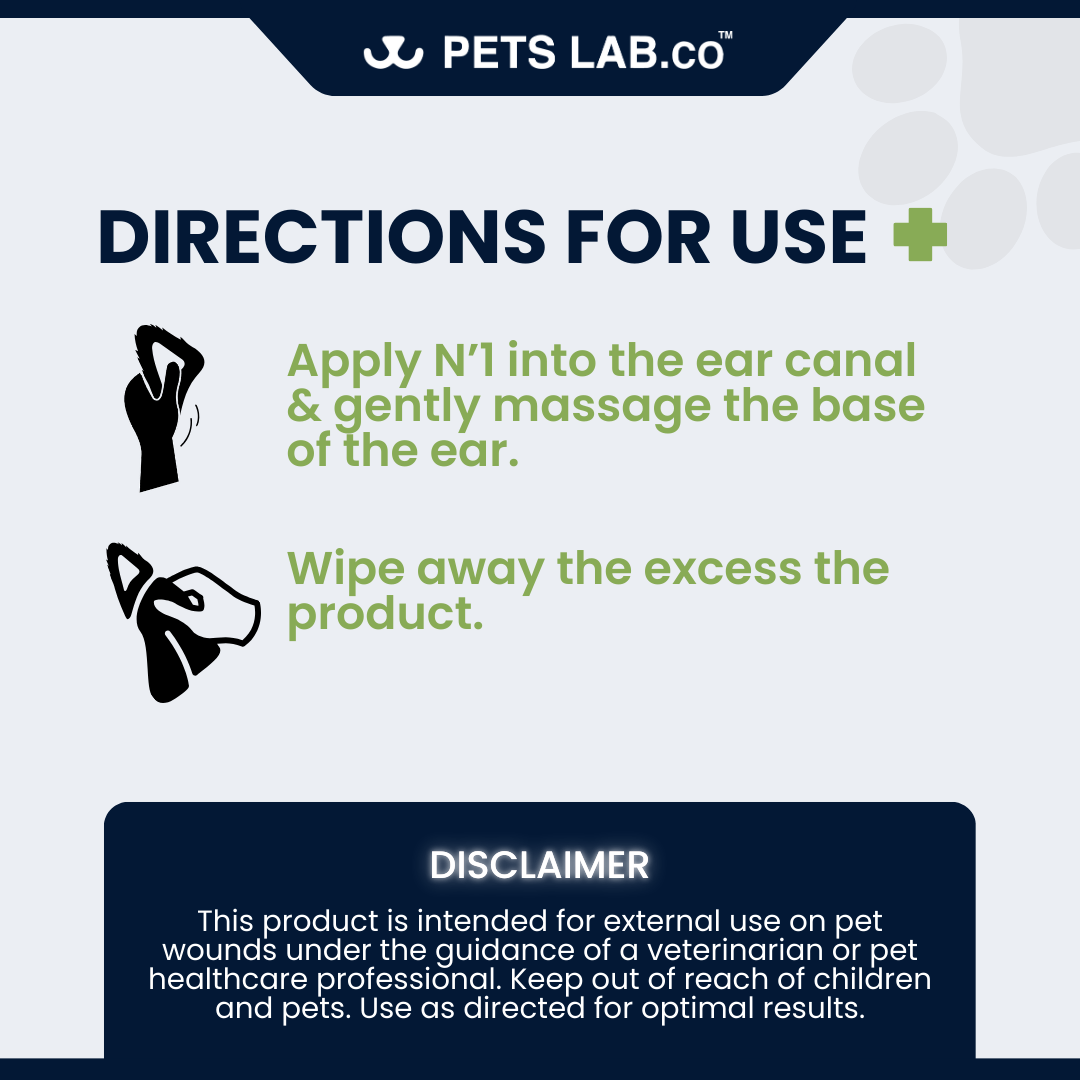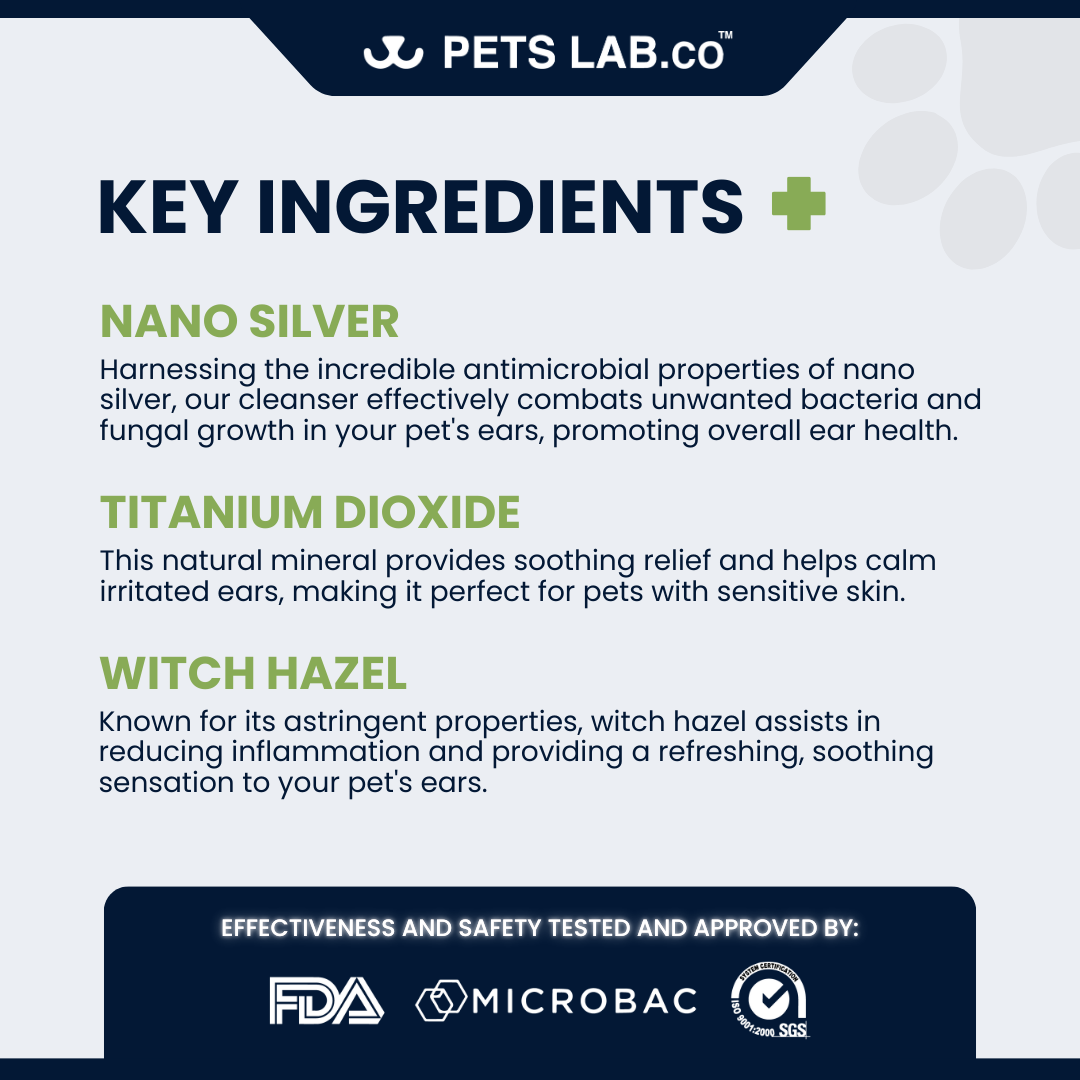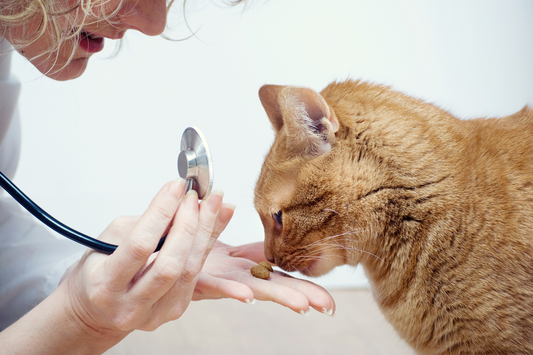
Why Your Pet’s Behavior Might Be Telling You Something Serious (And What to Do About It)
Share
Introduction
Pets, much like humans, communicate their needs and emotions through behavior. While some actions are just part of their everyday antics, others can be signals of underlying health or emotional issues that shouldn’t be ignored. Understanding these behaviors and knowing when they might indicate something more serious is crucial to keeping your pet healthy and happy.
Common Behavioral Signs and What They Mean
1. Excessive Licking:
If your pet is constantly licking one area of their body, it could be more than just a grooming habit. Persistent licking can indicate skin irritations, allergies, or even anxiety. In some cases, it might be a way for your pet to soothe themselves if they’re in pain.
2. Sudden Aggression:
A usually friendly pet becoming aggressive can be alarming. Sudden aggression could be a sign of pain, such as dental issues or arthritis, especially in older pets. It may also indicate that your pet feels threatened or anxious due to changes in their environment or routine.
3. Changes in Eating Habits:
If your pet suddenly loses interest in food or starts overeating, it’s time to pay attention. Loss of appetite can be a symptom of dental problems, gastrointestinal issues, or more serious conditions like kidney disease. On the other hand, excessive eating might be linked to stress, hormonal imbalances, or even diabetes.
4. Increased Vocalization:
A pet that starts barking, meowing, or whining more than usual could be trying to tell you something important. Increased vocalization can be a sign of pain, cognitive dysfunction (especially in older pets), or a call for attention if they’re feeling neglected or anxious.
5. Withdrawal or Lethargy:
If your pet, once active and playful, suddenly becomes withdrawn or lethargic, it could be a red flag. Lethargy can be associated with a variety of health issues, including infections, metabolic disorders, or even depression, particularly if your pet has experienced a recent change or loss.
When to Be Concerned
Recognising when a behavior shift is more than just a phase is key to early intervention. Here are some signs that indicate it’s time to consult your veterinarian:-
Persistent Licking or Scratching: If your pet is repeatedly focusing on one area, it could lead to skin damage or infections. Persistent behavior that lasts more than a few days warrants a vet visit.
-
Unexplained Aggression: Aggression without a clear cause should be addressed immediately. It’s important to rule out pain or neurological issues that could be making your pet act out.
-
Significant Weight Change: Sudden weight loss or gain is often a sign of an underlying health issue. If you notice your pet’s eating habits have drastically changed, a vet check-up is necessary.
-
Continuous Vocalization: If your pet’s vocalization is incessant and seems out of the ordinary, it’s essential to determine whether they are in pain or experiencing anxiety.
- Prolonged Lethargy: Lethargy that persists for more than a day or two, especially if accompanied by other symptoms, should be investigated to rule out serious conditions.
How to Address and Respond to Concerning Behaviors
Understanding how to respond to these behaviors can make a significant difference in your pet’s well-being. Here’s what you can do:
-
For Excessive Licking: Identify if the licking is due to boredom, anxiety, or a physical issue. Providing more mental stimulation, using pet-safe topical treatments for irritated skin, and consulting a vet for possible allergies can help.
-
For Sudden Aggression: Never punish your pet for aggressive behavior. Instead, try to identify the trigger. If pain is suspected, a vet visit is necessary. Behavioral training or modifications might be needed if the aggression stems from anxiety or environmental changes.
-
For Changes in Eating Habits: Monitor your pet’s diet and note any additional symptoms. Gradual changes in food or feeding routines can sometimes help, but a vet should evaluate significant appetite changes to rule out medical conditions.
-
For Increased Vocalization: Ensure your pet’s basic needs (food, water, comfort) are met. If they continue to vocalize, consider whether they are seeking more attention, are in pain, or if there have been recent changes to their environment that might be causing stress.
- For Withdrawal or Lethargy: Encourage gentle play and engagement, but don’t force activity. If lethargy persists, it’s crucial to have your pet examined by a vet to identify any potential health issues early.



















